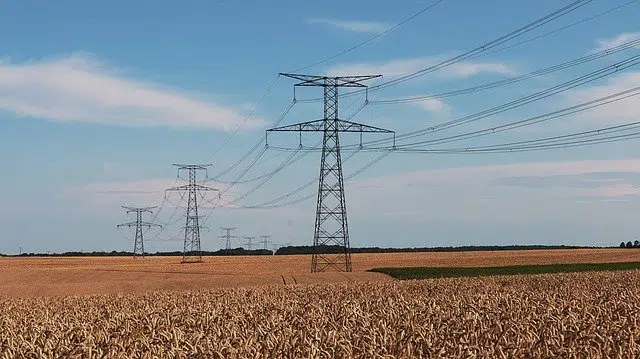
Electrical voltage is the difference that exists in the electrical potential recorded between two points.
The term tension , originating from the Latin tensĭo , has different meanings. It generally refers to the state in which a body is found when it is under the influence of opposing forces.
Electric , for its part, is that linked to electricity (the property of matter characterized by the rejection or attraction between its parts according to the presence of protons or electrons).
What is electrical tension
The idea of electric tension , in this way, is associated with the magnitude that allows indicating the difference in the electric potential that is registered between two points . Electrical tension is also known as voltage , whose unit of measurement is the volt .
Voltage reflects the number of volts involved in a certain electrical system. It is important to keep in mind that the electrical voltage is not related to the distance the charge travels, but is determined by the electrical potential that exists between the two points.

To manage electrical stress, various safety measures must be taken.
An example
Let's take the case of a point A and a point B ; If there is a potential difference between the two, they can be joined through a conductor through which the electrons will circulate. A portion of the charge created by the point of higher potential reaches the point of lower potential via the conductor . The electric current ceases at the moment in which the two points achieve equal electric potential.
An analogy with a water pipe is often used to understand the fundamental concepts of electrical voltage more easily. Take water for example: in this case, its role is occupied by electrons , which must move to do work.
On the other hand, for the propulsion of water there must be a pump, which in the field of electricity can be analogous to a voltage source , which imposes a certain pressure on the electrons; When the source is off, there is no flow of electrons, while in the opposite state it generates a pressure difference, the voltage, thanks to which the electrons move.
Finally, we can think of a section of the pipe that appears very narrow, where water cannot pass easily; In an electrical circuit, a similar situation occurs when the electrons encounter a resistance , which does not allow them to continue advancing.
How to manage electrical tension
Managing this tension requires multiple precautions to avoid accidents , and all of them are adequately documented and publicly accessible. Both employers and employees of companies that work with electrical appliances must and can consult these safety regulations.
Two basic concepts when it comes to preventing accidents when handling electrical devices are the following: high voltage , all systems that have a potential difference above 1000 or 1500 volts, in alternating or direct current , respectively; low voltage , any system with a potential difference below 1000 or 1500 volts, in alternating or direct current, respectively. Normally, the voltages between phases and neutral are 220 volts, and the voltages between phases reach 380 volts.
The safety voltage , for its part, represents certain maximum values to avoid accidents depending on the work environment : in humid spaces, for example, it was set at 24 volts; If there is not a considerable percentage of humidity, then the voltage can rise up to 50. It is important to remember that electrical current can cause serious consequences when it passes through the human body, and these range from secondary injuries (such as falls or blows) to fibrillation. ventricular, inevitably followed by death .
